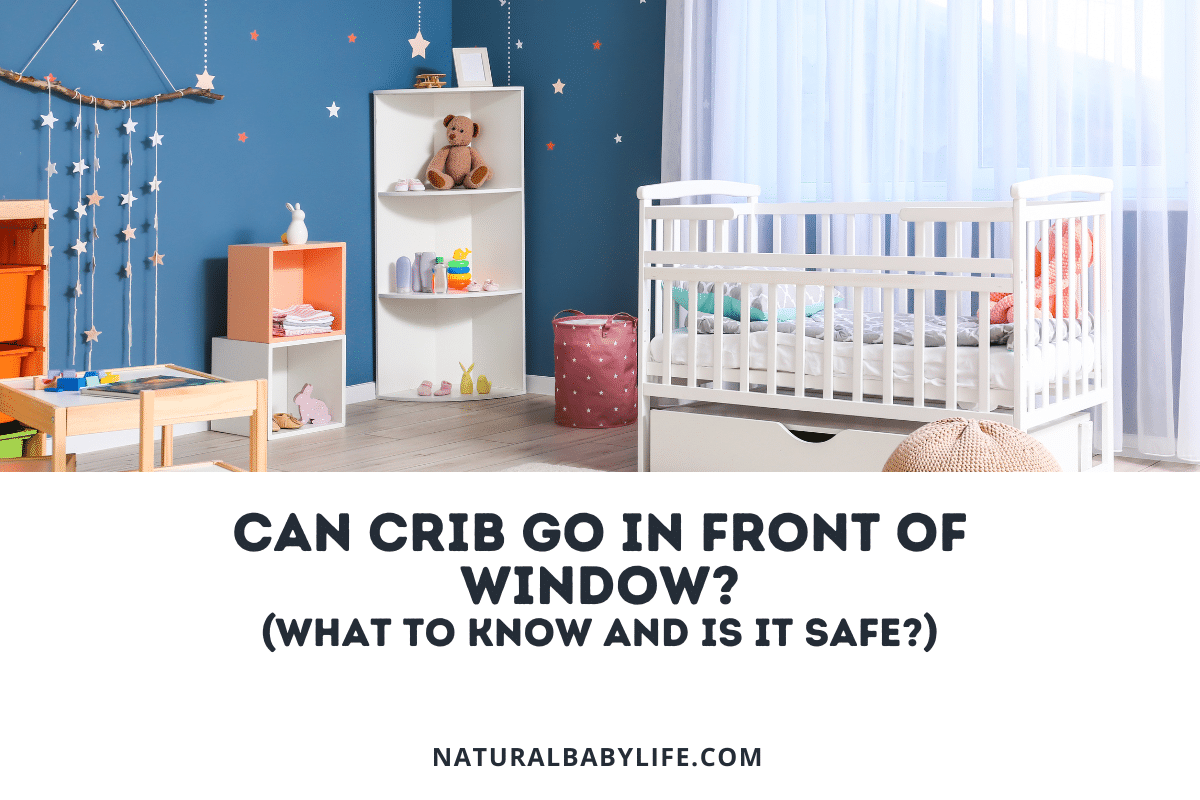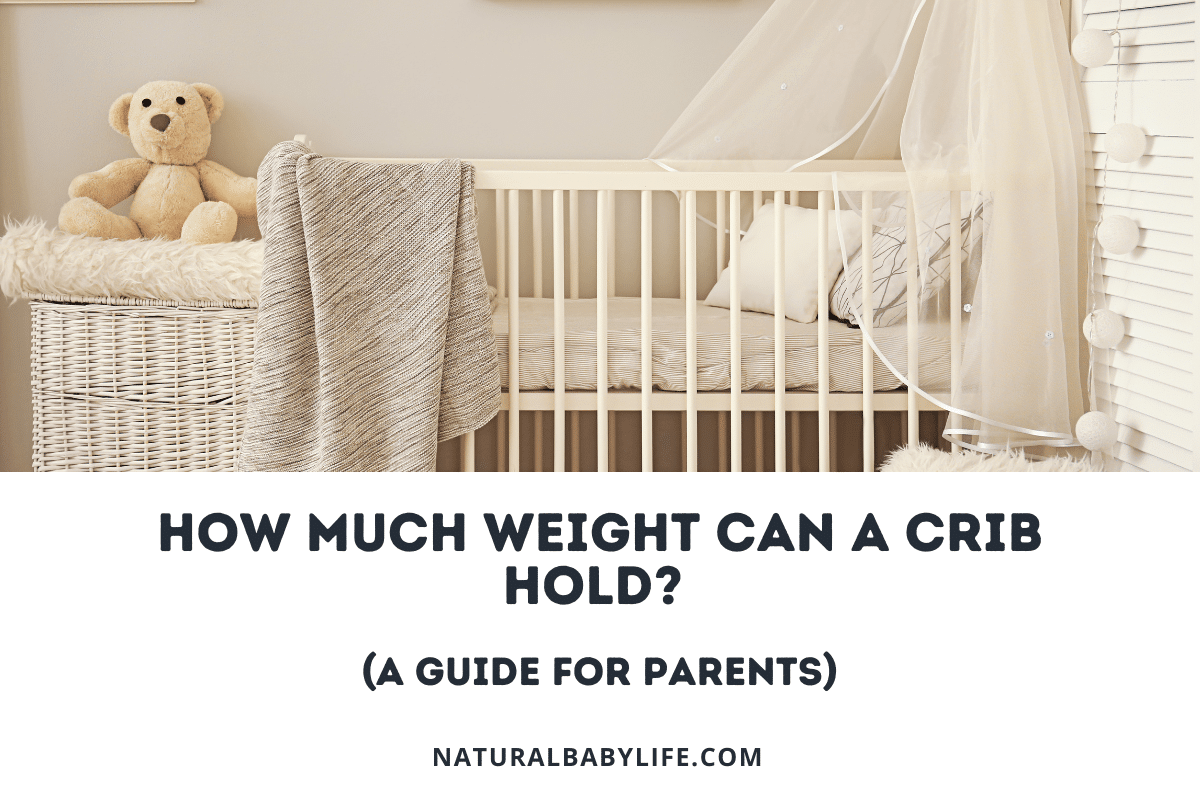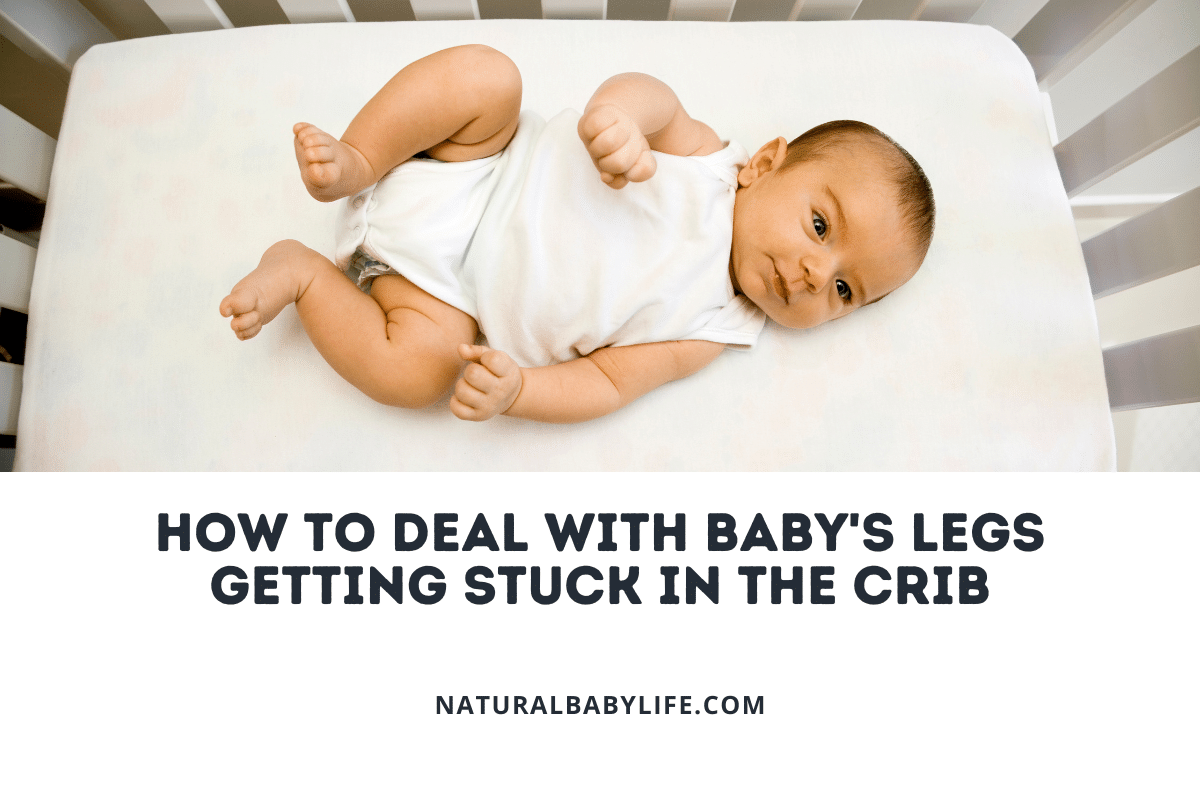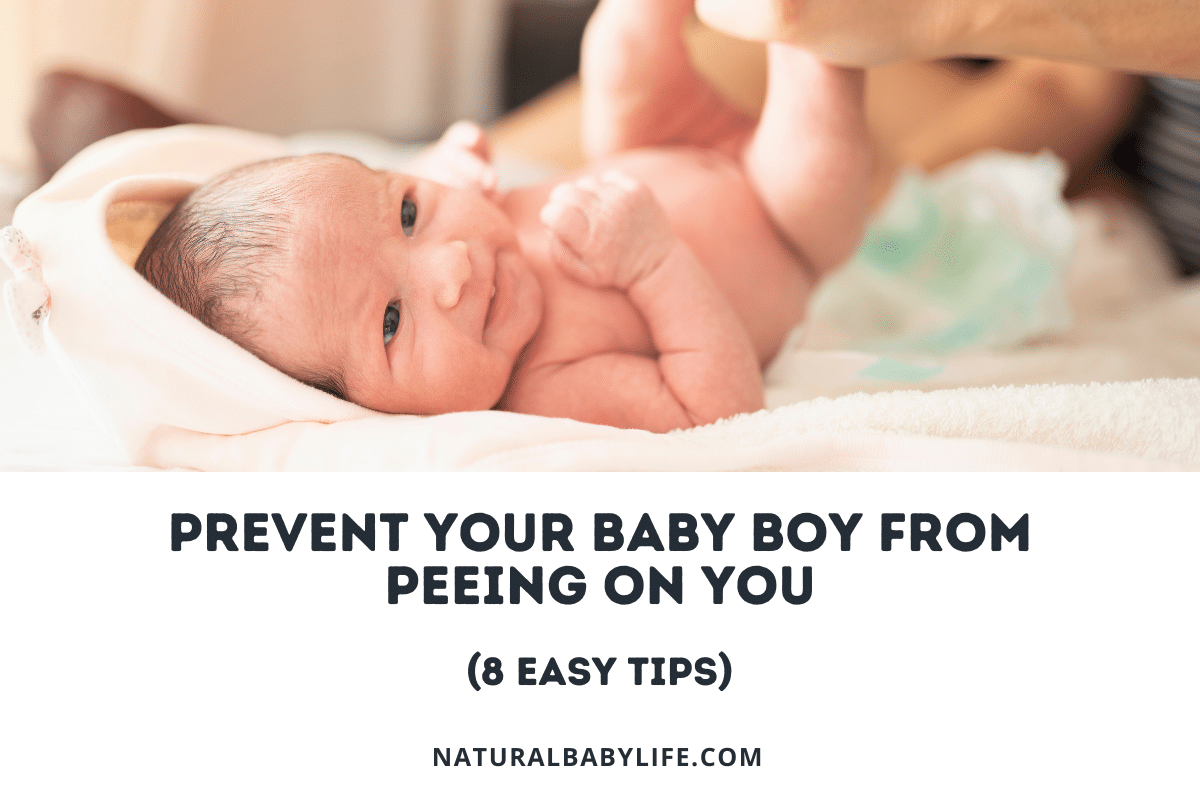Whether you are trying to set up that Pinterest-perfect nursery or you are just trying to figure out how to fit a crib in your master bedroom alongside your other furniture, there are some big safety considerations. You’ve checked for power outlets, electrical chords, and possible climbing surfaces – but what about the window?
Windows pose a significant risk to babies and toddlers. Window falls and curtain cord-related injuries are common in children under five. It is never a good idea to place a crib or bassinet in front of or near a window.
Continue reading to learn about the dangers windows pose to young children and to determine the best place to position your crib in the room.
Table of Contents
Can crib go in front of window
Windows pose several different risks for babies and young children.
The American Academy of Pediatrics recommends not putting a crib or bassinet near a window. Let’s look at why.
Babies and toddlers can fall through windows, even if they have screens. As your baby grows and learns to climb, they will no doubt become interested in looking outside and trying to get there if they can.
This is especially dangerous if your baby’s room is not on the ground floor.
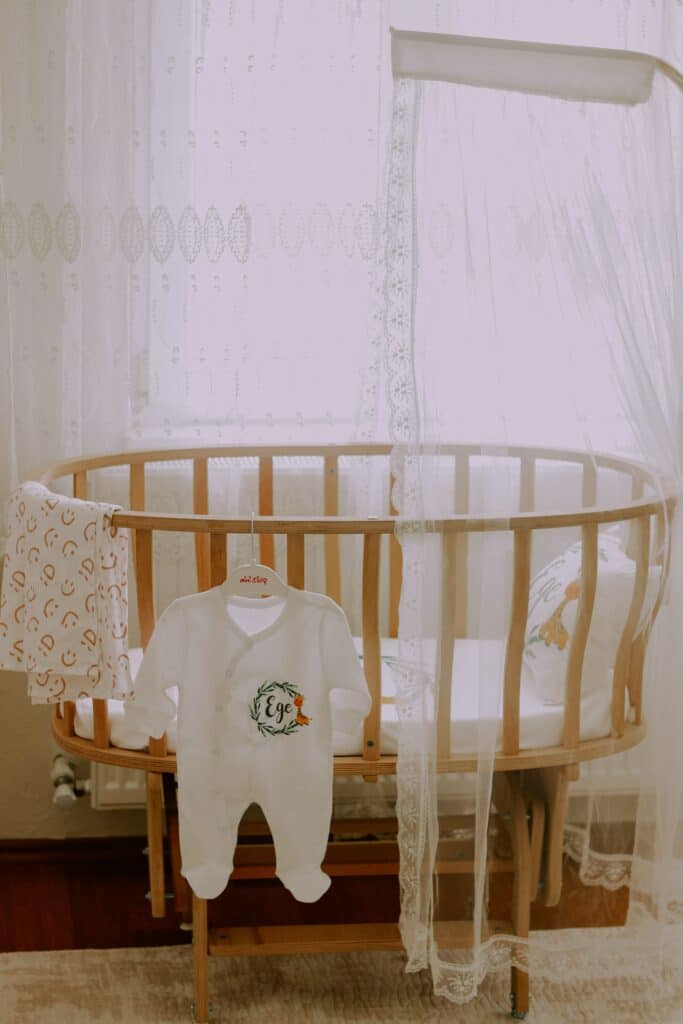
A screen will not prevent a child from falling through an open window and curious toddlers may figure out how to open a window themselves. In fact, more than 3,000 window fall-related injuries are reported each year in the United States for children under the age of 5.
Keeping the crib and other climbing surfaces away from windows can help prevent such injuries.
Cords are a strangulation hazard
Although newer window coverings often comply with voluntary safety standards to reduce the chance of strangulation, there is still a significant risk posed anytime a young child is able to reach and pull on cords from blinds and draperies.
Babies and toddlers can easily become entangled in long pull cords or even in the cords between the slats of horizontal blinds. Installing cord cleats to properly wrap the cords may prevent a child from reaching them from the floor. However, having a crib near the window may allow toddlers to reach and unwrap the cord.
If you have window coverings with cords anywhere in your home, be sure to keep climbable furniture away from them – particularly in any room where your child sleeps and you may not be watching at all times.
Acts of nature
You’ll rest better when the crib is a supremely safe place for your baby. If you put the crib in front of the window, it suddenly becomes much more vulnerable to bad weather.
High winds, hail, and even heavy snow can be a danger to the window, especially if there’s a tree or utility pole within striking distance of the window.
Besides the concern of something actually falling through the window, the shattered glass would be very dangerous to your sleeping baby.
Plus, consider how well your baby could sleep with tree branches tickling the window or heavy rain or wind jostling it through the night.
Blinds and curtain rods can fall on a child
No matter how well your curtain rod or blinds may be installed, the hardware is not designed to hold excessive weight. Nearly 50% of window blind-related childhood injuries occurred when the child was hit by something falling on them.
Children should not be permitted to pull or hang on window coverings. Keeping the crib away from the windows should help prevent them from trying.
Long curtains pose a suffocation risk. The American Academy of Pediatrics recommends that babies be put to sleep without any soft objects or bedding so as to prevent suffocation. While curtains are not bedding and do not hang inside the crib, if the crib is near enough to the window, a young child may pull the curtain into the crib, creating a hazard.
Can you put a crib against a wall
After learning windows are a bad choice, your first choice might be to just scoot it down the wall a bit. But, you’ll need to first ask can a crib be against a wall?
Experts recommend that you keep the crib at least one foot away from the wall or other furniture. The concern is that your baby could climb out of the crib and wedge themselves between the edge of the crib and wall and suffocate.
Where should a crib be placed in a room
Finding the perfect place to set up your crib may not be easy, especially if you are trying to avoid hazards such as windows and outlets. Here are a few great options to consider:
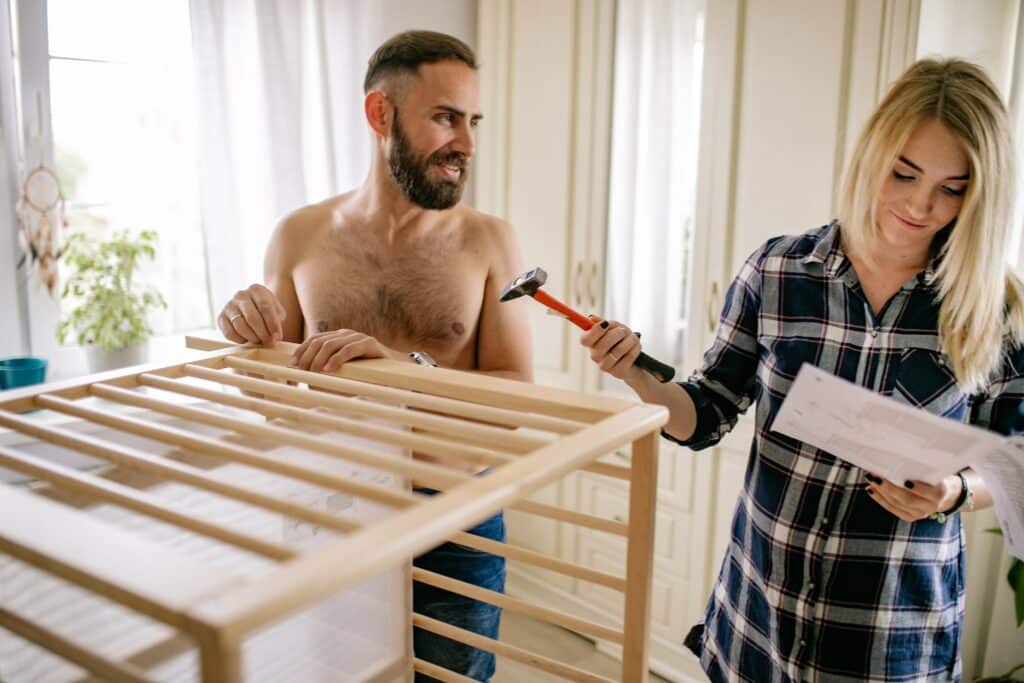
Next to the door
Having the crib next to the door means you won’t have to stumble around and potentially trip over other furniture to get to your baby in the middle of the night. It also means your baby is close and easy to get to in case of an emergency.
Diagonally in a corner
This works especially well with bassinets but is also an option for your crib. Setting your crib diagonally to the corner keeps the sides away from walls, especially helpful if you have a lot of outlets or windows. And you can access both sides of the crib in case your baby decides to roll just out of reach.
You can also take advantage of the corner space for some extra storage or install a few, small, high, corner shelves (that don’t hang over the crib) to hold things like a baby monitor or a cool mist humidifier.
In the middle of the room
Not only does this trendy crib placement make your baby the focal point of the room, but it also keeps him safe from any potential hazards. You don’t have to worry about windows or outlets and you can decorate to your heart’s content. It also allows you to consider some fun, round or oval-shaped cribs.
Tips for safe crib placement
You will likely find that the most convenient place to put your baby’s crib is against a wall away from a vent. For the most part, this is perfectly safe so long as you check to make sure there are no other hazards nearby. Some hazards to consider are:
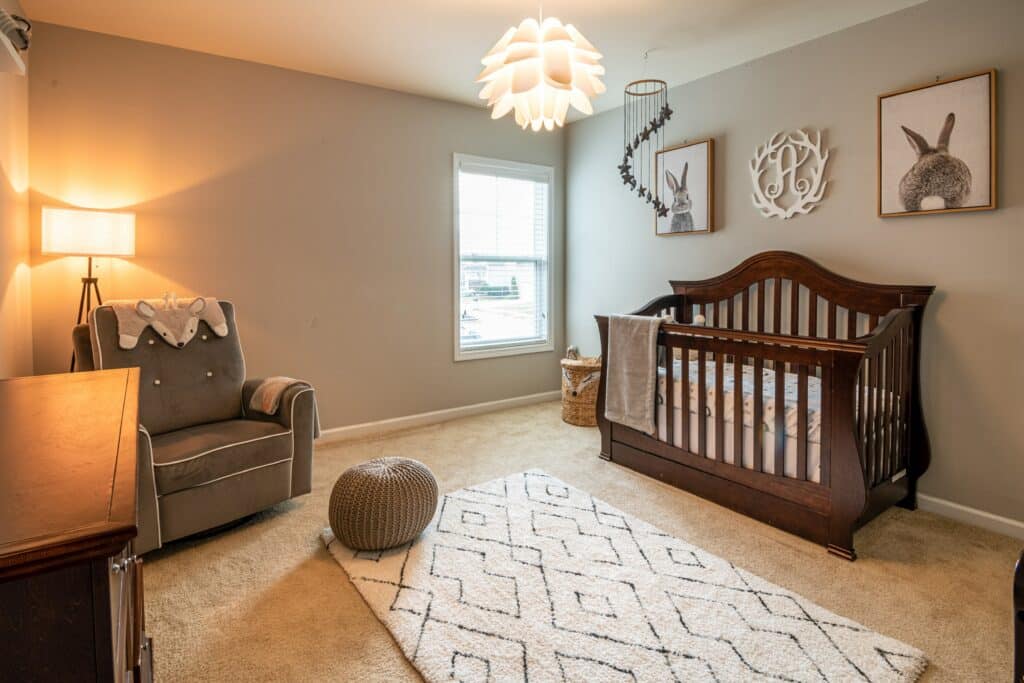
- Power outlets: All outlets in the room should be covered or use safe plates.
- Cords and draperies: The crib should be at least a foot away from any windows.
- Heavy wall decor or shelves: All decor in the nursery should be hung with proper hardware and checked regularly to make sure it has not come loose. The best practice is to not hang anything heavy above the crib just in case it does fall.
- Other furniture: crib should be at least one foot from other furniture to prevent a child from reaching items or becoming trapped between them once they start climbing*
*Some sources recommend placing the crib a foot away from the wall as well, to prevent children from becoming trapped between the crib and the wall if they climb out. If you have a high-backed crib and the crib is not in a corner, this should not be much of a problem but it is something to consider as your child gets older.
Should you hang things above the crib?
As mentioned above, heavy shelves and other decor should not be hung above a crib. Even well-mounted items have some risk of falling, especially once a toddler grows tall enough to pull or hang on it. Items on shelves can also fall into cribs, posing various hazards.
Be especially cautious of this if you live in an area prone to earthquakes or even if the nursery has a shared wall that might be impacted from vibrations of loud music.
Other items to avoid hanging over a crib include:
- Decorative drapes: They may look cute on Pinterest but they pose a suffocation risk if the baby pulls them into the crib.
- Crib gyms: These can fall or be pulled down on top of a baby. Many have strings or straps that can pose a strangulation hazard.
- Picture frames with glass: If they fall the glass can break and seriously injure a baby.
Some things that are okay to hang above a crib include:
- A crib mobile: Securely attached to crib rail, wall, or ceiling and out of baby’s reach. Mobiles should be removed when the baby starts sitting up or by five months.
- Simple wall art or picture frames without glass: So long as they are not too heavy and are hung well out of the baby’s reach, some paintings or pictures of the family may be visually appealing for both you and your baby. Make sure any wall art is properly hung and consider pulling the crib a few inches from the wall so that if they do fall, they fall behind, and not into, the crib.
- A wall decal or mural: This is probably the safest option for decorating above the crib. You can find decals to match just about any nursery theme you can think of and they usually aren’t very expensive. You can hire someone to paint a mural or do it yourself if you’re feeling artsy
Other nursery safety ideas
Crib placement is an important part of creating a safe nursery, but there are a few other things that you need to prioritize as well:
- A smoke and carbon monoxide detector: All bedrooms should have a working smoke alarm and carbon monoxide detector. Get yourself one with a 10-year battery to prevent that middle-of-the-night beeping.
- Wall anchors: As your little one gets older, they (or a sibling) can accidentally pull furniture onto themselves. Wall anchors secure heavy furniture to walls to prevent accidents.
- Re-evaluate with age: Your safety threshold will have to be lowered as your child gets older. A newborn can’t get into near as much trouble as a toddler who can stand up, walk, or climb.
Conclusion
If at all possible, keep your baby’s crib at least two feet from windows and one foot from walls and other furniture. However, keep in mind these practices are only a portion of overall nursery safety and should accompany things like smoke and carbon monoxide detectors, wall anchors, outlet covers, and common sense danger-spotting.

